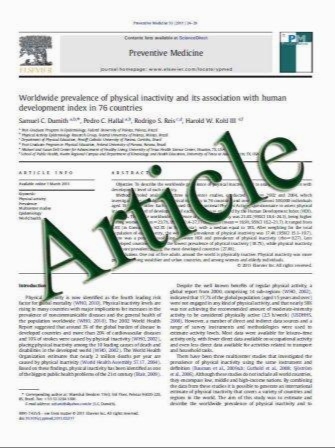Novel algorithm for quantitative assessment of left ventricular dyssynchrony with ECG-gated myocardial perfusion SPECT: useful technique for management of cardiac resynchronization therapy
- نوع فایل : کتاب
- زبان : انگلیسی
- مؤلف : Keisuke Kiso Akira Imoto Yoshihiro Nishimura Hideaki Kanzaki Takashi Noda Shiro Kamakura Yoshio Ishida
- چاپ و سال / کشور: 2011
Description
Objectives Cardiac resynchronization therapy (CRT) is the established treatment for patients with chronic and severe heart failure, and it has been reported that the presence of left ventricular (LV) dyssynchrony is one of the most important factors which predict positive response of this therapy. In the present study, we developed new software algorithm for quantitative assessment of LV dyssynchrony from ECG-gated myocardial perfusion SPECT (GMPS), and evaluated its utility for the management of CRT. Methods Thirty-three patients with chronic severe heart failure were studied. GMPS was performed with 16 frame per-cardiac-cycle before and 6 months after CRT and LV end-diastolic volume, end-systolic volume (LVESV), ejection fraction (LVEF) were calculated by QGS software. We generated the time–activity curve per-cardiac-cycle in 4 myocardial segments by Fourier transform curve-fitting of the 16 serial count values, and measured the time from R-wave to the maximum-count point [time to end-systole (TES)] in each. For the evaluation of the degree of LV dyssynchrony, we used the maximum difference in TES (DTES) among the 4 segments which corrected for R–R time as dyssynchrony index (DI). Moreover, DI at baseline evaluated by GMPS was compared with the echocardiographic index of LV dyssynchrony; maximum difference of time to peak velocity (DTPV) evaluated by tissue Doppler imaging (TDI). Results DI before CRT showed a significant correlation with the LV function, such as LVEF, LVESV (DI vs. LVEF; r = 0.57, P\0.0001. DI vs. LVESV; r = 0.64, P\0.0001). The study subjects were divided into 2 groups, responder group (R-Gp) with LVEF increase[10% or LVESV decrease[10% and non-responder group (NRGp). DI before CRT was significantly larger in R-Gp than in NR-Gp (25.9 ± 22.2 vs. 10.8 ± 8.9, P = 0.01). In R-Gp, DI showed a significant decrease after CRT (25.9 ± 22.2 ? 13.6 ± 10.9, P\0.05). DI at baseline measured by GMPS correlated significantly with DTPV at baseline measured by TDI (r = 0.38, P\0.05). Conclusions This new algorithm for the estimation of LV dyssynchrony might be comparable to TDI, and contributes to the prediction and the evaluation for the response of CRT.
Ann Nucl Med DOI 10.1007/s12149-011-0525-8 Received: 16 March 2011 / Accepted: 25 July 2011


